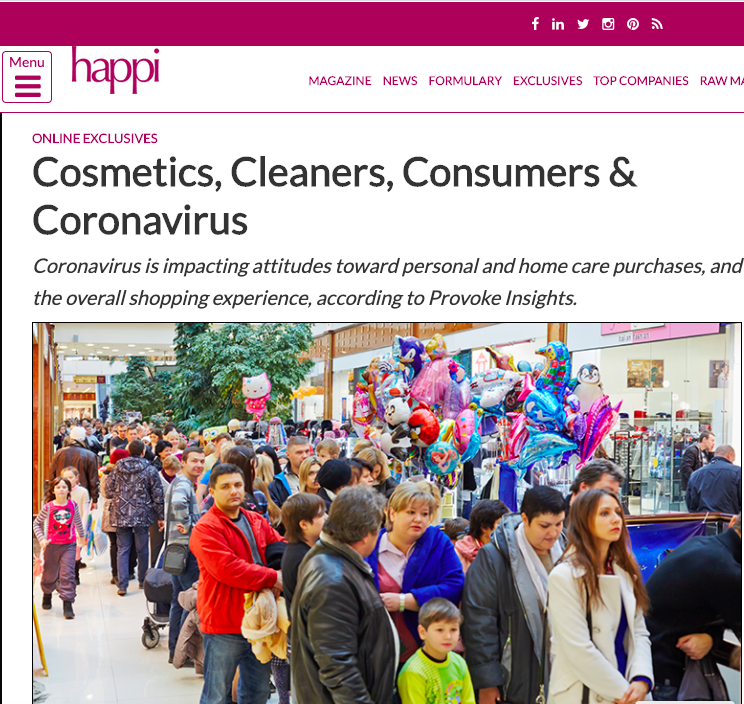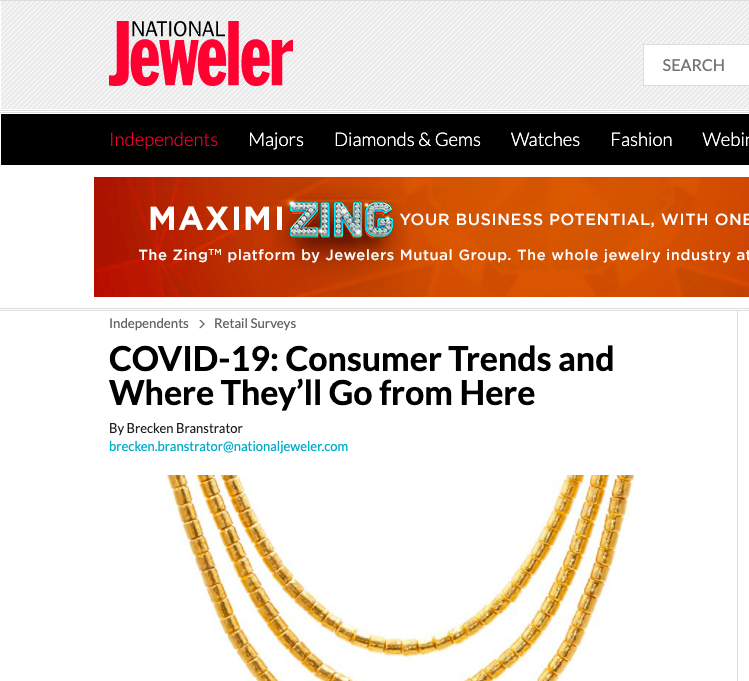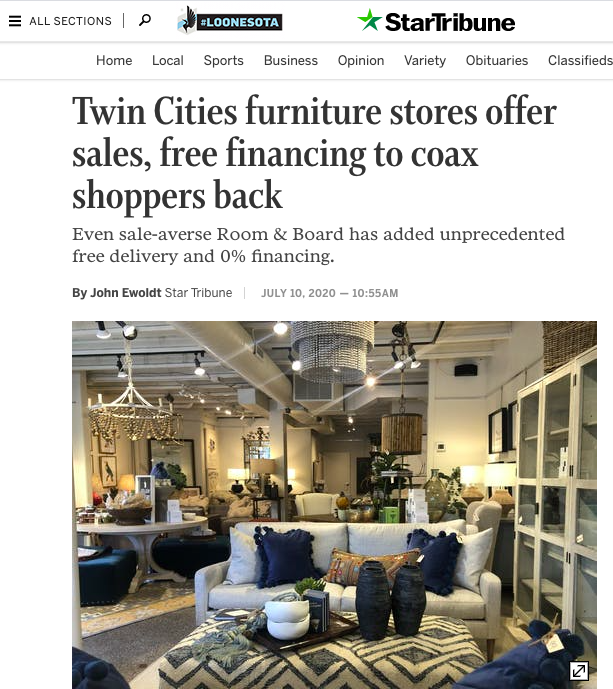Marketing Problem
A leading outdoor company sold packs and bags on its website, Amazon, REI, and other specialty stores. However, the company had an opportunity to distribute its products with a big-box retailer. The retailer has 850 stores where 17 million people shop annually. While there was clear potential for selling the product at a large retailer, the company was worried about isolating the niche target audience that they had acquired and, in turn, damaging the brand’s equity.
As a result, the outdoors company was looking for market research (quantitative and qualitative) to understand the pros and cons of this opportunity.
Market Research Solution
1.Quantitative
The first phase of the research was to understand how the leading outdoor company’s shopper base differed from the retailer’s clientele. A survey was developed to understand the following: buying behaviors, price points, product interest, shopping habits, expectations, and outdoor habits. The research also included a gap analysis to differentiate between the two audiences.
Further, to try and understand what the optimal backpack would look like for the new customer base, Provoke Insights conducted a conjoint analysis. The conjoint analysis helps a brand understand which combination of attributes is most influential in the consumer decision-making process (i.e., price, size, color, material, brand). This allows you to determine what the consumer is seeking, and how to best market the product among different audiences (in this case, the niche audience versus the big box retailer). The tool tests up to 100,000 combinations, and each dimension will have a utility score that ranks each attribute’s relative interest.
In addition to the research report, a market simulator was developed from the conjoint analysis to develop an ideal knapsack. The tool allowed the client to plug in a combination of attributes to determine potential sales.
2. Qualitative
Part two of the research was conducted with online AI qualitative research. This phase delved deep into buying behaviors, product interest, purchasing/shopping habits, expectations, and potential product placement of knapsacks in the new store. It also asked about prospective marketing campaigns.
By using artificial intelligence to analyze verbatims in real-time, this qualitative approach is unique and powerful. The software’s dashboard allows participants to vote on ideas generated from the group session. It gives the qualitative method a quantitative twist. This approach helped gain understanding and provided the ability to probe for motivations and reactions. The methodology brings meaning to what we have heard – not just a summarization. It identifies how different elements establish relevance, impact beliefs, and influence consideration.
The participants were shown two knapsacks as well as four different in-store displays by other brands. Additionally, a picture of the store’s backpack section was screened.
Results of the Research
Provoke Insights determined that it would be smart for the backpack company to pursue mass distribution in the big box retailer. The qualitative/quantitative results also explain how their current clientele differs from the store’s customer. As a result, the company had to determine how to execute its marketing messaging for each audience.
The leading outdoor company also used the market simulator to help create a new line of backpacks for their new broader customer base.
The qualitative research gave further nuanced insights into their new patrons. They designed the following: a new ideal backpack would be for this customer and a display for their packs that is most appealing. They also got an understanding of the perception of their brand. The leading outdoor company also discovered several marketing initiatives to help with the brand launch.
Check out some of our other case studies here:
- Brand Strategy for a Major National Fitness Club
- Brand Strategy Research for a Rental Truck Company
- Content Marketing Research for Tech Companies: A Case Study
IF YOU WANT TO, SIGN UP FOR OUR NEWSLETTERS HERE!
and finally, Follow our social media accounts:
Twitter: https://twitter.com/provokeinsights


















